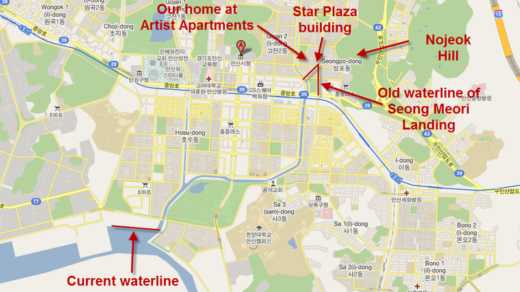Today’s tip is about acronyms, which can cause trouble on Korean translation [EXPIRED LINK REMOVED: http://uz9.25e.myftpupload.com/] work.
Here’s an example of an English acronyms on a Korean-to-English translation [EXPIRED LINK REMOVED: http://uz9.25e.myftpupload.com/korean-to-english-translation/] job.
I was editing an English translation of a Korean academic paper [EXPIRED LINK REMOVED: http://uz9.25e.myftpupload.com/korean-academic-scientific-document-translation/] about intellectual property rights. A Korean had written and translated the document.
In academic jargon, “intellectual property rights” is commonly abbreviated to “IPR.” (ex: “Researchers have investigated the relationship between the strengthening of IPR and technological innovation.”)
So, is IPR plural or singular as an acronym in a Korean document?
(Hmm.. I bet you’ve never really asked this question before…)
It’s singular as an acronym. But it is plural as “intellectual property rights.”
This caused the writer of the above paper all kinds of problems. He kept writing “IPR” as “IPRs”. (ex.: …effects of minor forms of IPRs on economic growth…”)
This issue occurs frequently on English>Korean translation projects since Koreans are often blind to the issue.
When acronyms are correctly pluralized in English (such as CPUs), translators into Korean often forget to take the “s” off in the Korean translation. This is true even if Koreans would not normally indicate the plural form (as explained in a previous tip [EXPIRED LINK REMOVED: http://uz9.25e.myftpupload.com/korean-has-a-plural-form-it-just-doesnt-get-used-much/] ).
If I notice this typo-level error in a job handled by my team, I remove the “s.”
Best Practices Tip: When doing final QA on an English>Korean translation, you might want to browse through and check for this issue related to acronyms. It’ll only take a moment, because the acronyms will stand out from the rest of the Korean text. This way, you can quickly remove any extra letters.



